Gaywallet (they/it)
I’m gay
- 433 Posts
- 1.77K Comments

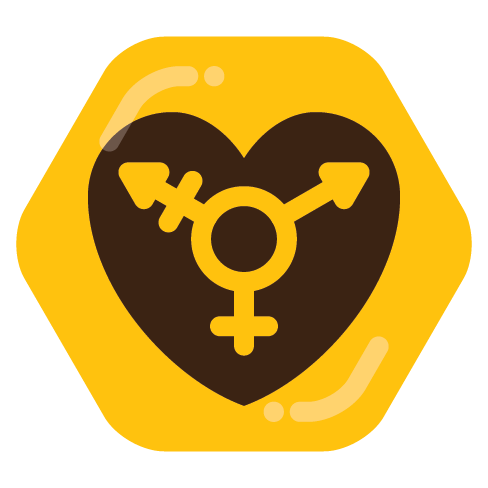
great article thanks


We have one rule here, it’s to be nice. Stop being antagonistic


There’s no way for me to really know what’s going on in their heads, frankly.
What I can tell you, at least, is that I have had some partners respond to this with shock and negative emotions. They often feel that it is somehow invalidating how they feel about me. On more than one occasion I have been described as romantic which is perhaps where this feeling of invalidation is based. I very much enjoy intimacy, I simply do not experience a “romantic” attraction. I still enjoy doing many of the things that are considered normal in what is described as a “romantic” relationship (I use this term because I’m poly, I’m not coupled with anyone, just partners).


I’m aromantic and of all the labels I have, it’s the one that often gets the strongest visceral reaction from folks. Many have preconceived notions of what aromanticism is and can be and it’s deeply frustrating. It’s one of the labels I have that I am most hesitant about sharing, because it requires a conversation to explain myself. However, even after explaining myself, I believe many think I am either lying or just cannot believe that the way I view the world is true and instead substitute their own beliefs for truth.


Oh, now they are “lightly studied”? That’s walking back your point substantially. If they are “lightly studied” then why are you advocating for such harsh rules? Why not advocate for them to be studied in more depth?


their is biological advantages of transitioning without taking puberty blockers earlier
There really isn’t. The IOC (International Olympic Committee) has a set of policies based on objective science, and I would encourage you to look at them if you are interested in the science. Until then, this comment will be removed for spreading misinformation. If you wish to make claims, you need to source them.


This is how you make them listen.


Lot of salty folks in the comments. Yes, I hate dems too, but this is an important win when there’s so much anti-trans legislature going through across the US.
It’s really disappointing to see so many folks diverting attention away from a trans win to complain about democrats. This is the LGBTQ+ community can you please just let people be happy about one small win? There’s vanishingly little to be happy about right now for trans folks.


Wish this article did a better job at citing information, would love to know what study provided evidence for sentience and self-awareness. Not that I disagree, I think we vastly underestimate the intelligence and cognitive state of most living creatures, I just want to read about this in more depth.


“embrace of right-wing politics…” my dude he did a literal nazi salute multiple times, stating it this way is minimizing


Installing ramps is explicitly not treating them the same. It is making accommodations for them because they are not the same.


Yes, equity vs equality.


wholesome content, thank you for sharing


To me it seems the original comment was simply someone providing an example of how binary trans folks can be upset at being referred to as they/them, an experience that many have also shared in here. Those who have chimed in have even stated it is mostly a pet peeve or an annoyance at best. I’m not sure I share your opinion that anyone was getting their “panties in a twist” so much as they were educating and sharing, which is completely reasonable on a website of this size in an area where folks who are not queer can read and comment.
Your response makes plenty of sense given the severity of problems happening right now. I wonder, however, if your energy is not better spent elsewhere? Infighting does not serve anyone, something which I see even you preaching, yet you are even replying to my comment where I simply am reminding you to be nice (which I made as an admin only because you were reported) with strong language deriding your fellow queers and allies.


I do not think it’s particularly nice to escalate and get mad at someone who is trying gently to educate you.
This comment was reported, please remember our only rule on this website and try to be nice in the future.


There’s a lot of generalizations going on here. I’m going to leave space for you to vent, but please keep in mind we have one rule on this instance and it is to be(e) nice.


In complete agreement here, but also I understand the need for folks to be able to vent about a fucked up situation 😔


On the good side of things: It literally changed my life. I had no idea how poorly I had been sleeping, and once I did have some healing, and started getting good, consistent sleep, many of the things I struggled with just suddenly disappeared. I didn’t have the rapid mood swings. I didn’t struggle with anger. I could think more clearly, and focus on tasks. Life was truly a fundamentally different experience for me.
Interesting, thank you for sharing this.


Woah, okay yea I get sick a fair deal but now I’m wondering how much has to do with the tonsils



















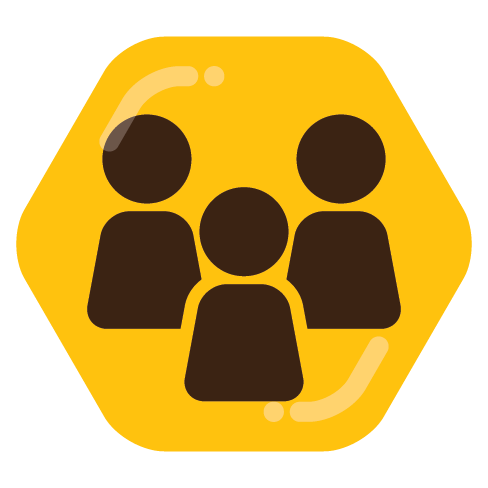

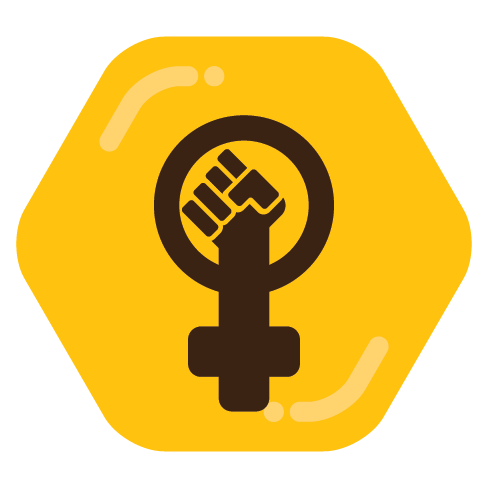





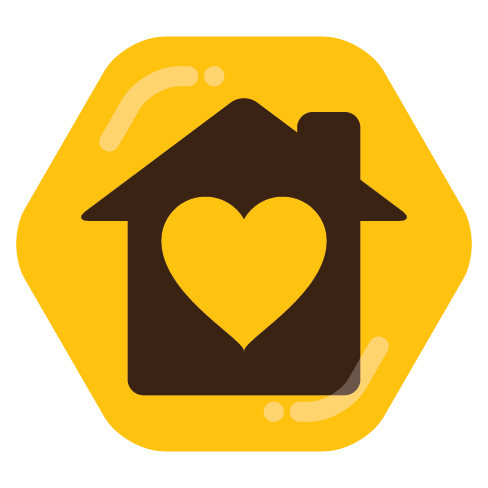
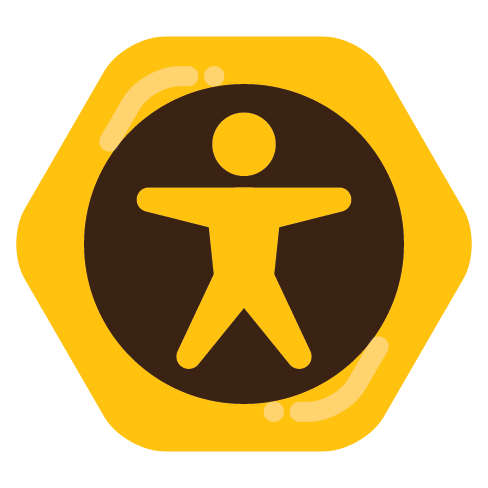
Trying new potential solutions is definitely a step in the right direction! I hope it helps more than you expected or even dreamed it could. 💜